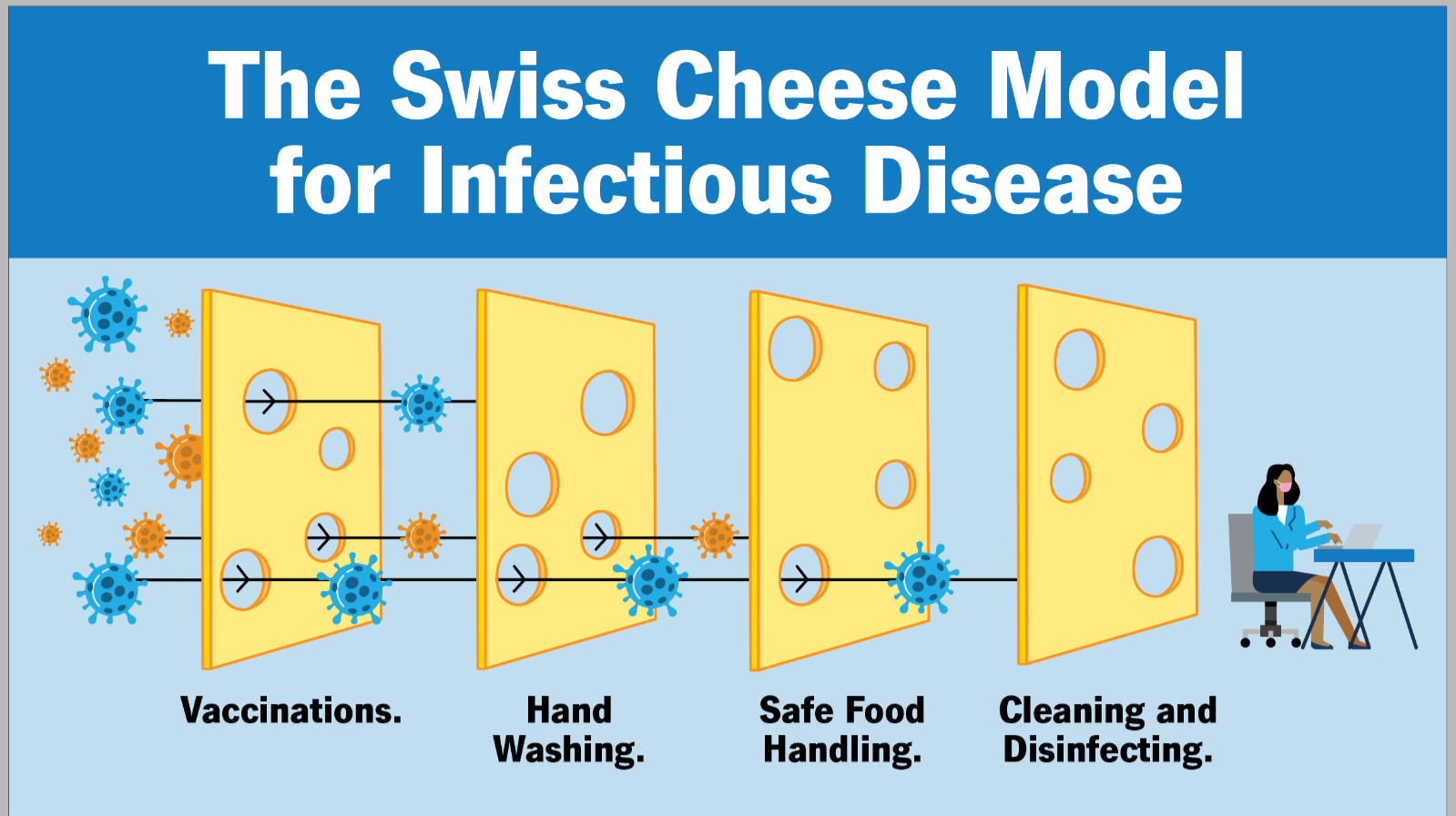A nurse is determining if a homebound client is eligible for Meals-on-Wheels. Which of the following is the most important factor for the nurse to consider?
The client's financial resources
The client's level of family support
The client's access to transportation
The client's ability to prepare meals
The Correct Answer is D
Choice A reason: The client's financial resources is not the most important factor for the nurse to consider. Although Meals-on-Wheels is a low-cost or free service that provides nutritious meals to homebound seniors and people with disabilities, it does not require a specific income level or financial status to qualify. The nurse should focus on the client's nutritional and functional needs, rather than their economic situation.
Choice B reason: The client's level of family support is not the most important factor for the nurse to consider. Although having family members who can assist with meal preparation and delivery can be helpful and beneficial for the client, it is not a requirement or a guarantee for receiving Meals-on-Wheels. The nurse should assess the client's individual capabilities and preferences, rather than their family availability or involvement.
Choice C reason: The client's access to transportation is not the most important factor for the nurse to consider. Although having access to transportation can enable the client to obtain food and groceries from other sources, such as stores, markets, or restaurants, it is not a criterion or a barrier for receiving Meals-on-Wheels. The nurse should evaluate the client's dietary and health needs, rather than their mobility or transportation options.
Choice D reason: The client's ability to prepare meals is the most important factor for the nurse to consider. Meals-on-Wheels is designed to serve clients who are unable to cook or shop for themselves due to physical, mental, or social limitations. The nurse should determine if the client has any impairments or challenges that prevent them from preparing their own meals, such as vision loss, arthritis, dementia, or isolation. If the client has difficulty or inability to prepare meals, they may be eligible for Meals-on-Wheels.
Nursing Test Bank
Naxlex Comprehensive Predictor Exams
Related Questions
Correct Answer is D
Explanation
Choice A reason: The client's financial resources is not the most important factor for the nurse to consider. Although Meals-on-Wheels is a low-cost or free service that provides nutritious meals to homebound seniors and people with disabilities, it does not require a specific income level or financial status to qualify. The nurse should focus on the client's nutritional and functional needs, rather than their economic situation.
Choice B reason: The client's level of family support is not the most important factor for the nurse to consider. Although having family members who can assist with meal preparation and delivery can be helpful and beneficial for the client, it is not a requirement or a guarantee for receiving Meals-on-Wheels. The nurse should assess the client's individual capabilities and preferences, rather than their family availability or involvement.
Choice C reason: The client's access to transportation is not the most important factor for the nurse to consider. Although having access to transportation can enable the client to obtain food and groceries from other sources, such as stores, markets, or restaurants, it is not a criterion or a barrier for receiving Meals-on-Wheels. The nurse should evaluate the client's dietary and health needs, rather than their mobility or transportation options.
Choice D reason: The client's ability to prepare meals is the most important factor for the nurse to consider. Meals-on-Wheels is designed to serve clients who are unable to cook or shop for themselves due to physical, mental, or social limitations. The nurse should determine if the client has any impairments or challenges that prevent them from preparing their own meals, such as vision loss, arthritis, dementia, or isolation. If the client has difficulty or inability to prepare meals, they may be eligible for Meals-on-Wheels.
Correct Answer is B
Explanation
Choice A reason: Advances in surgical techniques and procedures have improved the outcomes of many patients, but they are not the main factor for the increase in life expectancy. Surgical interventions are often costly, risky, and inaccessible to many people, especially in developing countries.
Choice B reason: Sanitation and other public health activities have had a significant impact on reducing mortality from infectious diseases, such as cholera, typhoid, and tuberculosis. These activities include providing safe water, improving hygiene, promoting vaccination, and controlling vector-borne diseases. Sanitation and public health measures are relatively low-cost, effective, and preventive strategies that can benefit large populations.
Choice C reason: Technology increases in the field of medical laboratory research have contributed to the diagnosis and treatment of many diseases, such as cancer, diabetes, and genetic disorders. However, these technologies are often expensive, complex, and dependent on specialized equipment and personnel. Therefore, they are not the main reason for the increase in life expectancy.
Choice D reason: The use of antibiotics to fight infections has been a major breakthrough in medicine, saving millions of lives from bacterial infections. However, antibiotics have also led to the emergence of antibiotic-resistant bacteria, which pose a serious threat to public health. Moreover, antibiotics are not effective against viral infections, such as influenza, HIV, and COVID-19. Therefore, antibiotics are not the most responsible factor for the increase in life expectancy.

Whether you are a student looking to ace your exams or a practicing nurse seeking to enhance your expertise , our nursing education contents will empower you with the confidence and competence to make a difference in the lives of patients and become a respected leader in the healthcare field.
Visit Naxlex, invest in your future and unlock endless possibilities with our unparalleled nursing education contents today
Report Wrong Answer on the Current Question
Do you disagree with the answer? If yes, what is your expected answer? Explain.
Kindly be descriptive with the issue you are facing.
